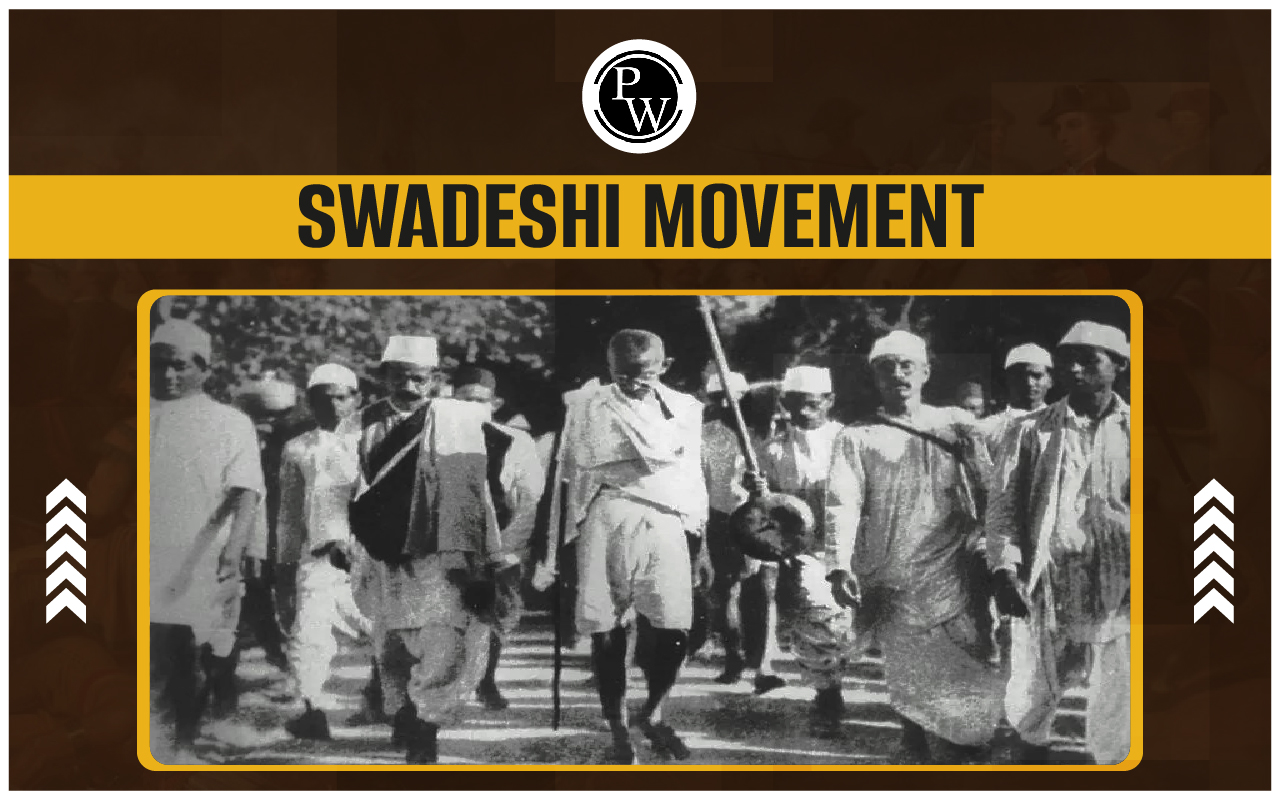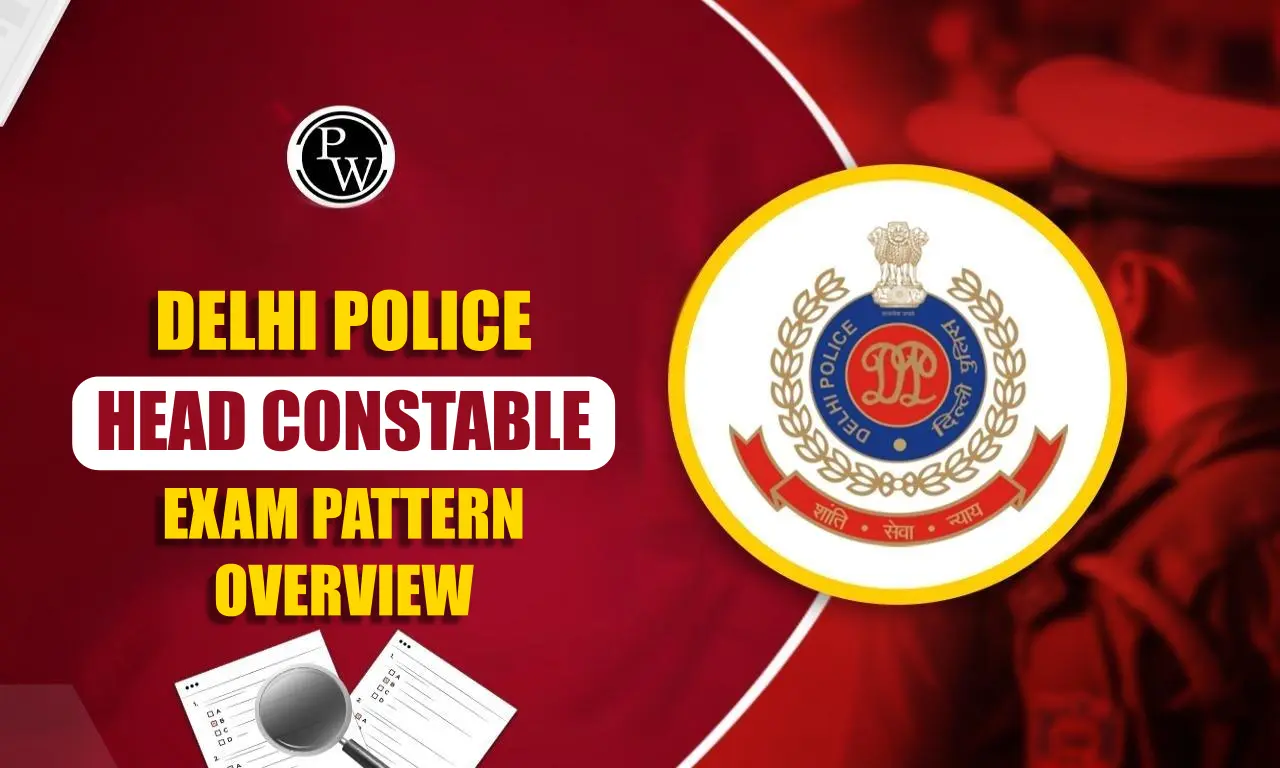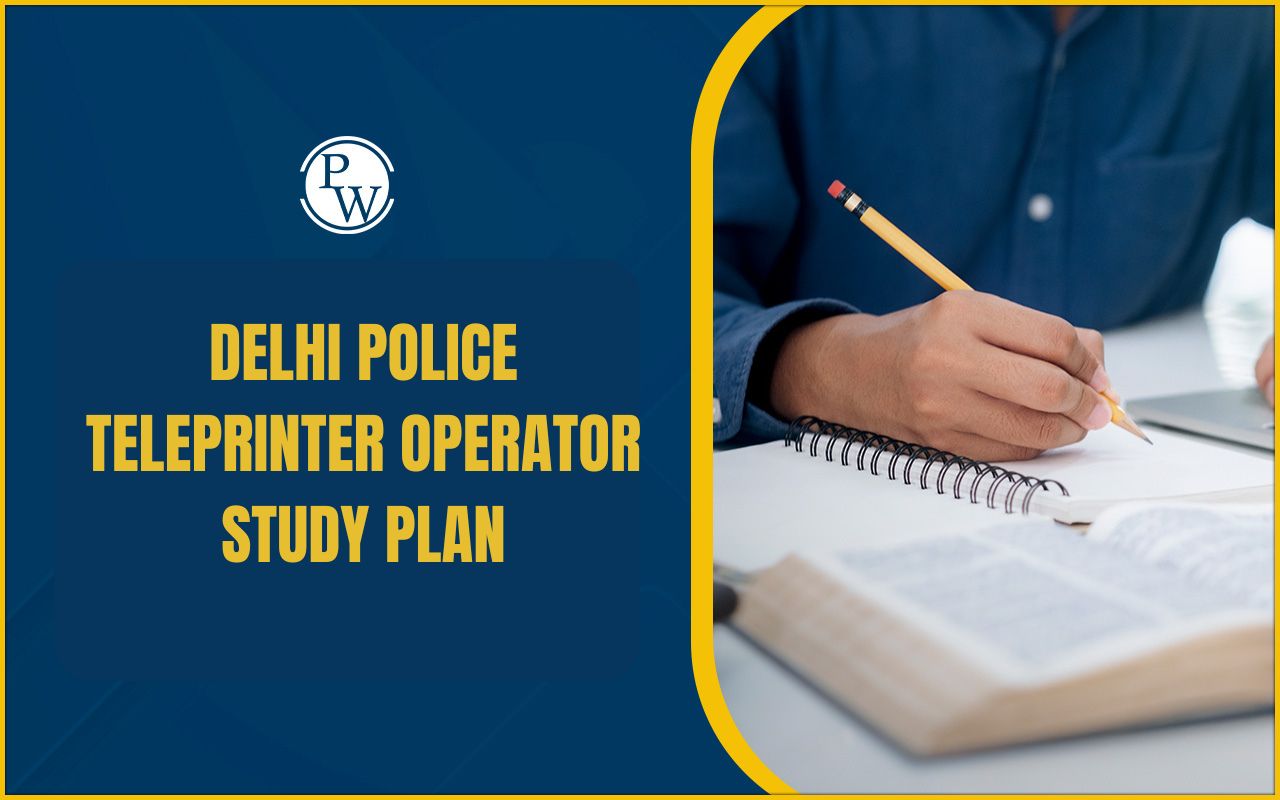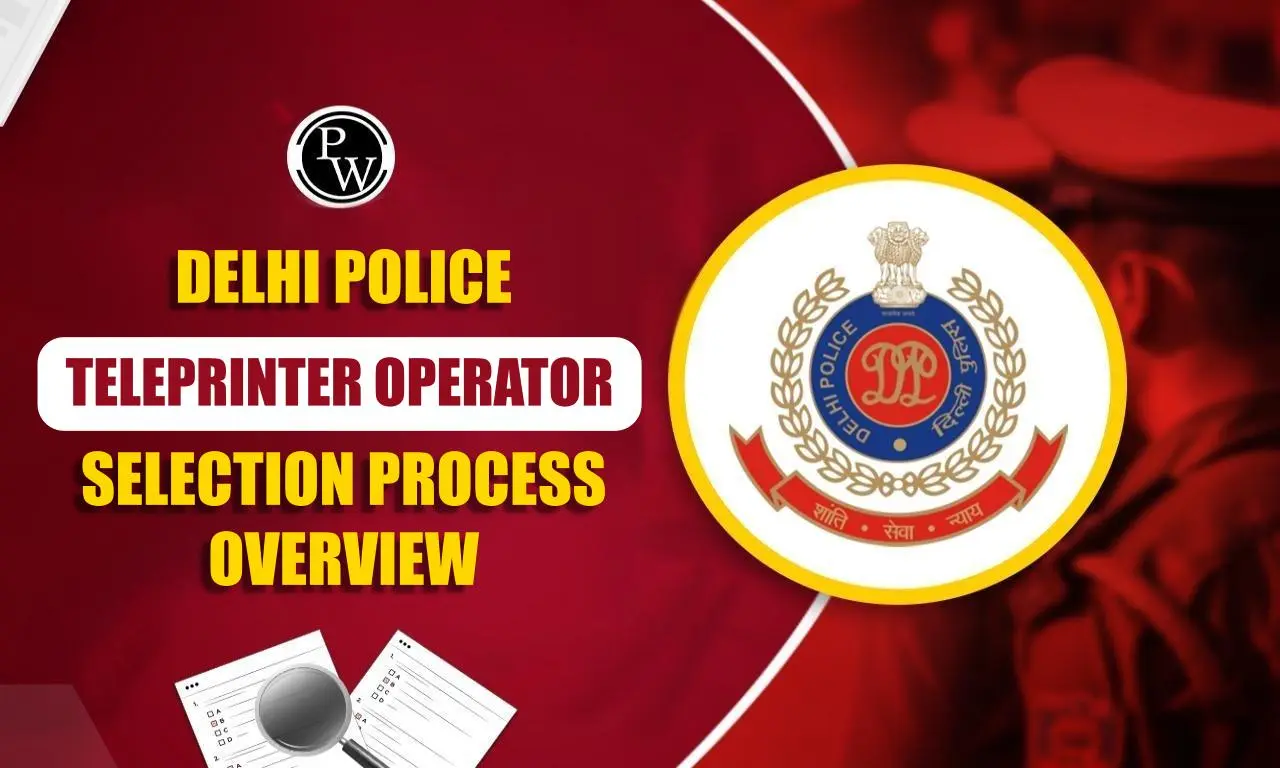

Swadeshi Movement: The Swadeshi movement began in India on August 7, 1905, officially starting from Calcutta's Town Hall. Its aim was to promote local production, reduce imports, and gain self-rule. Mahatma Gandhi considered it the essence of self-rule, and it originated in the Bengali state. Alongside the Swadeshi movement, a boycott movement emerged, encouraging the use of local products and the burning of British goods. This movement gained momentum after the British Government divided Bengal. Bal Gangadhar Tilak, a prominent Indian leader, played a significant role in promoting the Swadeshi and Boycott movement. Check out important facts about the Swadeshi Movement in the article below.
Swadeshi Movement
The Swadeshi movement was a crucial part of India's fight for independence. It aimed at making India self-reliant and strengthening the feeling of nationalism. This movement started in 1905 when the British government decided to divide Bengal, causing dissatisfaction among Indians. Mahatma Gandhi believed that self-rule, or 'swaraj,' was vital, and he supported the Swadeshi movement. Wealthy Indians played a significant role by contributing money and land for Khadi (homespun cloth) and Gramodyog (village industries) societies, which encouraged local cloth production. The movement expanded to other village industries, with the goal of making villages self-sufficient. The Indian National Congress used the Swadeshi movement as a powerful tool in their struggle for freedom. On August 15, 1947, Jawaharlal Nehru celebrated India's independence by hoisting a hand-spun Khadi flag at Princess Park near India Gate in New Delhi.Father of Swadeshi Movement
In August 1905, an important gathering took place at Calcutta Town Hall, marking the official commencement of the Swadeshi Movement. The primary objective was to promote the avoidance or boycott of products like Manchester cloth and Liverpool salts. Following the enactment of the partition affecting Bangladesh, widespread resistance emerged. The people of Bengal expressed their opposition by singing Vande Mataram, and Sir Rabindranath Tagore composed Amar Sonar Bangla. Symbolising unity, some individuals exchanged Rakhis. While the Swadeshi Movement predominantly unfolded in Bengal, its influence extended to various regions:- In Poona and Mumbai, Bal Gangadhar Tilak played a key role.
- Punjab saw active participation under the leadership of Lala Lajpat Rai and Ajit Singh.
- Syed Haider Raza spearheaded the movement in Delhi.
- Chidambaram Pillai took charge in Madras.
Swadeshi Movement History
The anti-partition movement emerged as a response to Lord Curzon's decision to divide our nation, particularly the Bengal province. This movement, also known as the Anti-Partition campaign, was initiated by the Moderates to oppose the unjustified division of Bengal. Their goal was to exert pressure on the government to reconsider the partition. During public meetings, representatives from both states presented petitions to the government, and the movement's ideas were disseminated through newspapers. The Swadeshi Movement in India found its roots in the Anti-Bengal Partition agitation. The Swadeshi Andolan program originated from the partition of Bengal, which was planned and executed from 1905 to 1908. Historically, many successful movements before Gandhi's era incorporated elements from this period. Initially, conventional 'moderate' methods, such as press campaigns, numerous meetings, petitions, and large conferences at Calcutta town hall in March 1904 and January 1905, were employed to oppose the partition plan. However, when these methods proved ineffective, there was a shift towards new forms of resistance. This included boycotting British goods, as well as cultural practices like Rakhi Bandhan and Aradhana. The failure of traditional techniques prompted a search for alternative means to voice opposition to the partition.Swadeshi Movement Importance
The Indian National Movement saw many people, including women and students, actively taking part. It introduced the powerful idea of passive resistance, which Mahatma Gandhi later used to help India gain independence from colonial rule. This movement brought forth a new generation of leaders from the middle class in cities and gained significant support from rural peasants. Culturally, it inspired the creation of patriotic poems, the revival of folk tales, and songs. Economically, the movement encouraged people to buy Indian-made products instead of foreign ones. This led to the growth of industries owned by Indians, marking the early steps of India's own industrialization.Swadeshi Movement Timeline
The timeline of Indian nationalism reflects a transformative journey spanning crucial decades in the late 19th and early 20th centuries. Important people like Gopal Krishna Gokhale, Bal Gangadhar Tilak, Mahadev Govind Ranade, Ganesh Vyankatesh Joshi, Dadabhai Naoroji and Bhaswat K. Nigoni played key roles.|
Swadeshi Movement Timeline |
|
| Timeline | Associated Events |
| 1850-1904 | Gopal Krishna Gokhale, Bal Gangadhar Tilak, Mahadev Govind Ranade, Ganesh Vyankatesh Joshi, Dadabhai Naoroji and Bhaswat K. Nigoni began to promote Indian nationalism. |
| 1871-1872 | In Punjab, the Namdhari Sikhs took a stand against English fabric by implementing a boycott. Ram Singh Kuka, a prominent figure within the movement, vocally opposed English clothing, education, and courts. He advocated for the use of hand-spun khaddar over English fabric, promoted vernacular education as an alternative to English schooling, and favored khap panchayats as a traditional form of dispute resolution. Through these actions, Ram Singh Kuka and the Namdhari Sikhs demonstrated their commitment to resisting British influence and preserving traditional Sikh values. |
| 1905-1917 | In 1905, Lord Curzon decided to split Bengal, which upset many people. They didn't like this decision. As a response, some groups formed small clubs in local areas. These groups were called revolutionary groups. Two of these groups were Anushilan Samiti and Jugantar Party. They tried to start armed uprisings and even killed some important government officials. |
| 1918-1947 | On July 31, 1921, Mahatma Gandhi made the movement stronger by telling people to stop buying things from other countries. He also burned 150,000 clothes made in England at Elphinstone Mill Compound in Parel, Mumbai. Mahatma Gandhi set up places where people could spin their own clothes from a fabric called Khadi all over the country. He called the people who spun Khadi "warriors of freedom". |
Swadeshi Movement Congress Reaction
In 1905, during a meeting, the Indian National Congress (INC) strongly opposed the partition of Bengal and supported the anti-partition and Swadeshi Movement. Some radical nationalists wanted to extend the movement beyond Bengal and not just boycott foreign goods. However, the dominant moderates in the Congress were not willing to go that far. In the 1906 Congress Session in Calcutta, under Dadabhai Naoroji's leadership, the INC declared self-government or Swaraj as its goal.Swadeshi Movement Impact
- Boosting Indian Industries: One big goal of the Swadeshi Movement was to help Indian industries grow. People wanted to buy things made in India.
- Being Independent Economically: The Swadeshi Movement also wanted India to rely less on Britain for money. They wanted to make and use Indian things to build a strong economy for India.
- Feeling Proud of Our Country: The movement brought people together from different places, even if they spoke different languages or followed different religions. Everyone felt like they were part of one big Indian family.
- Saying 'No' to British Stuff: People stopped buying things made in Britain. This made a big impact because British things were not as popular as before in India.
- Making Strong National Groups: The movement helped groups that wanted India to be free become bigger and stronger. This made more people get involved in politics and share ideas about freedom.
- Bringing Back Our Culture: The Swadeshi Movement didn't just focus on money and politics. It also made people think about our rich Indian culture. People started to care more about keeping our traditions alive as part of being Indian.
- Trouble for the British: The Swadeshi Movement made it hard for the British rulers in India. The British didn't like it and did things to stop it. This made many people protest against the British even more.
Swadeshi Movement Leaders
- Lokmanya Tilak
- Lala Lajpat Rai
- Syed Haider Raza
- Chidambaram Pillai
- Bipin Chandra Pal
- Liakat Hossain
- Shyamsunder Chakrabarti
- Ramendra Sunder Trivedi
- Rabindranath Tagore
- Aurobindo Ghosh
- Surendranath Banerjee
- Ashwini Kumar Dutt
- Dadabhai Naoroji
- Sayed Abu Mohammed
- Mukunda Das
- Rajanikanta Sen
- Dwijendralal Roy
- Acharya P.C. Roy
| Other Related Links | |
| Tiger Reserves in India | National Parks in India |
| Biosphere Reserves in India | Elephant Reserves in India |
Swadeshi Movement FAQs
Q1. Who started the Swadeshi movement and why?
Q2. What was the main purpose of the Swadeshi movement?
Q3. Who is the main leader of the Swadeshi movement?
Q4. Who ended the Swadeshi movement?
Q5. What does Swadeshi stand for?












